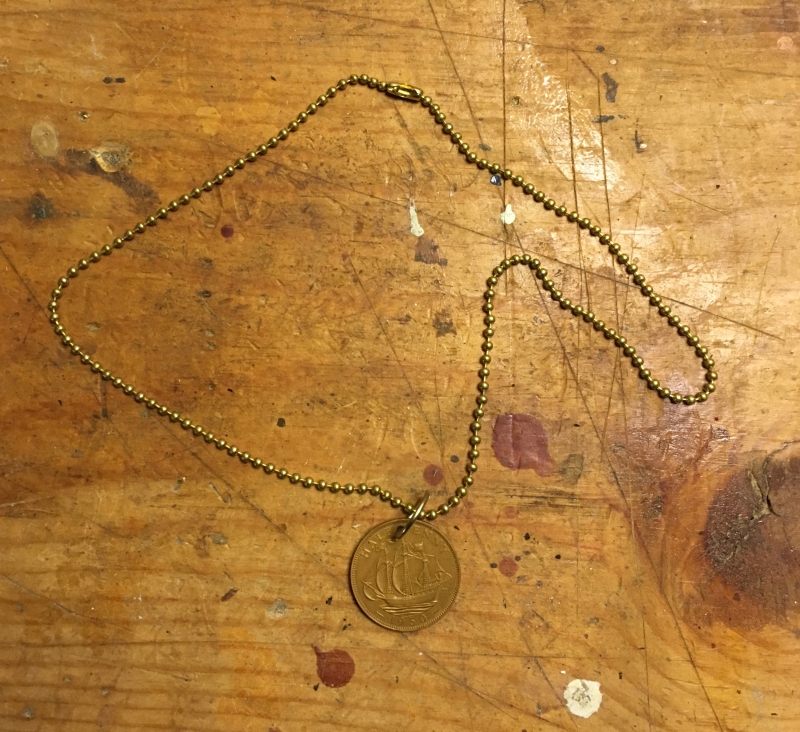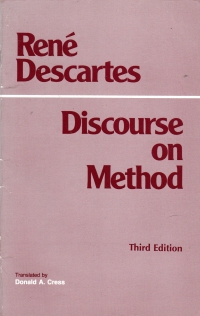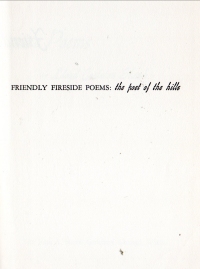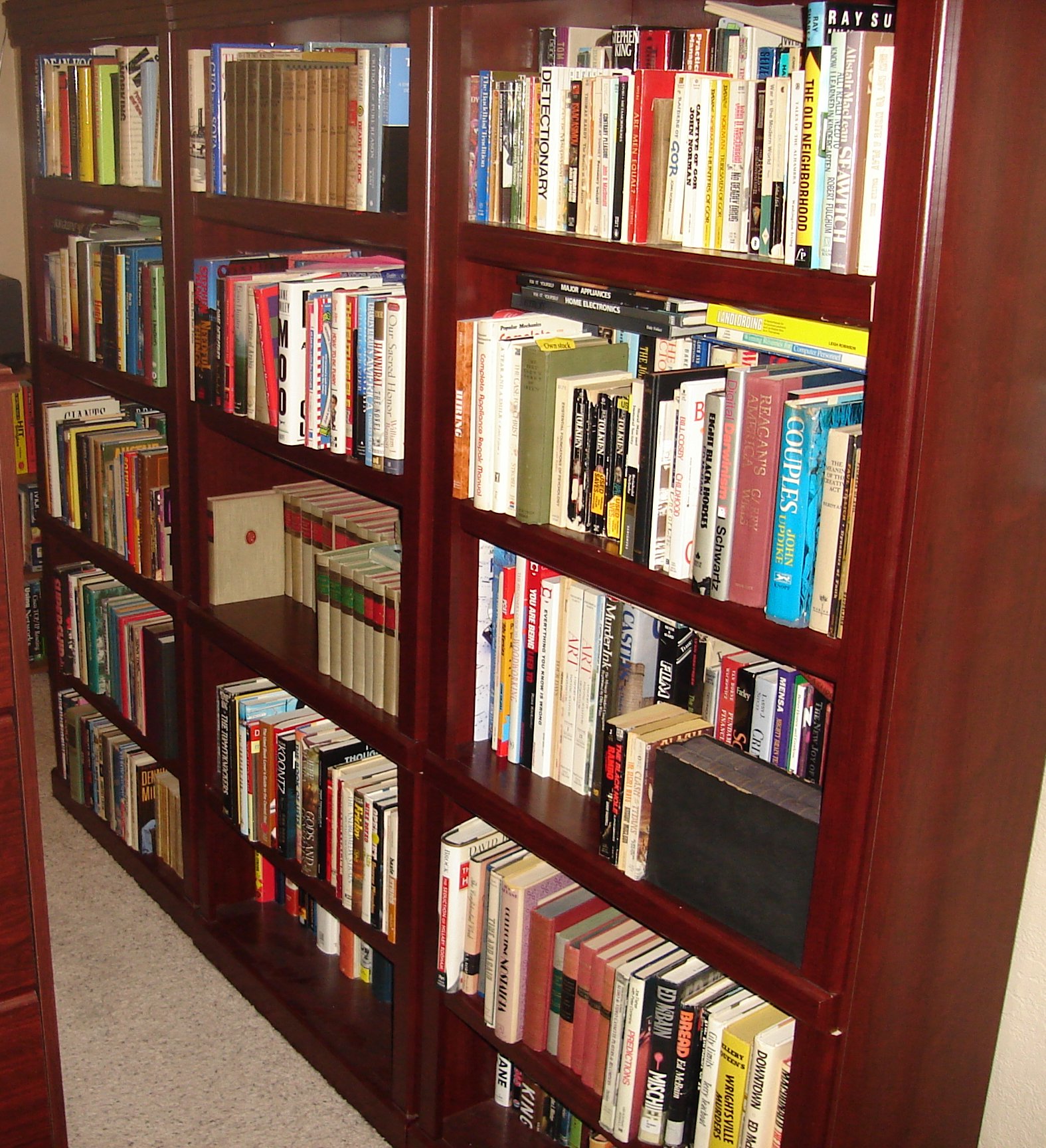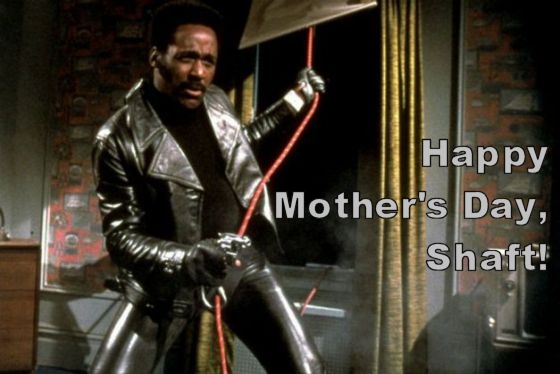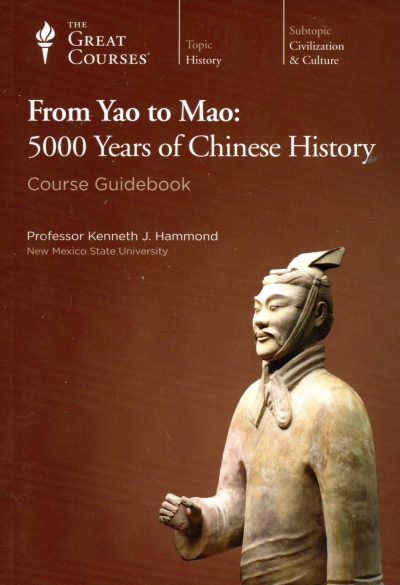So, I’ve done something I haven’t done in almost twenty years: I got a membership at a video store.
Now, gentle reader, you might remember my December rant on the limited catalogs of streaming services (What I Want To Watch, When I Want To Watch It). I still feel that way, but I’m pretending to be frugal now. I had to watch Johnny Mnemonic for a writing assignment (which I read back in 2006), and of course, Amazon Prime and Netflix don’t offer it. My beautiful and sultry wife has a membership at the local video store, Family Video, so we went there to get a film for the boys and to see if the shop had Johnny Mnemonic. They did.
So the boys and I had a little time one morning last week, so we returned the films we’d rented, and I signed up myself to be a member.
It reminds me very much of when I was young. Right after I moved out of my mother’s basement (at twenty-six, because I was a millenial before being a millenial was cool), I lived in an apartment just down the way from a Blockbuster video. I didn’t get a cable package, as I didn’t watch that much television, but I did have a couple evenings that I wasn’t spending with my sultry girlfriend/fiancée. So I’d go down to the Blockbuster and pick up a couple of movies to watch.
I like to browse; I like to go to book stores/music stores/movie stores to look at the covers, to pick them up and read the backs, to weigh my options–Waterworld or The Postman? (Just kidding–that night, I rented both and had a Kevin Costner post-apocalyptic marathon.)
After I converted my beautiful and sultry girlfriend/fiancée into a beautiful and sultry wife, we had a little more money to spare, so I often spent Friday nights or thereabouts at the local Best Buy nearest our home in Casinoport browsing DVDs to buy. When my beautiful and sultry wife was traveling for business, I’d plan a night in with two to three films.
But it was the same thing: Wandering amongst the cultural commodities, picking and choosing and weighing what I wanted to watch very soon. You don’t get the same thing with choosing films from a menu.
So I’m reliving my younger days in these holdouts from the past, again.
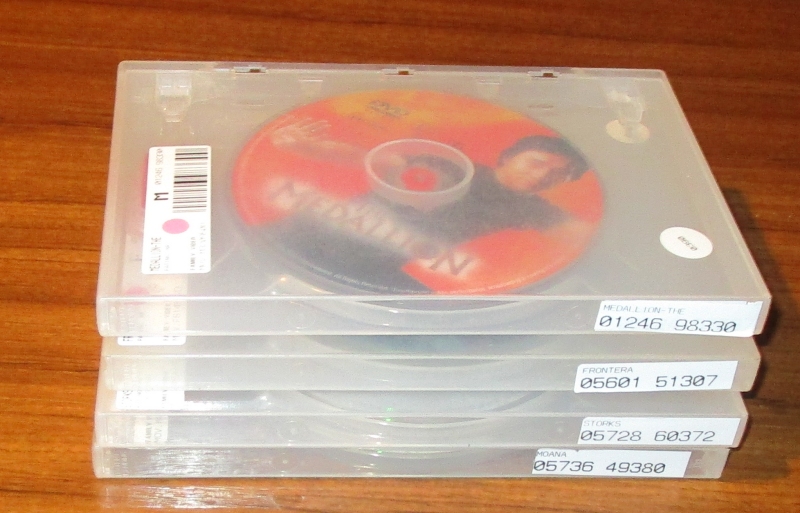
What have I rented so far?
Johnny Mnemonic; The Medallion with Jackie Chan; and Frontera, a Western with Ed Harris. To be honest, rentals are like 2 films for $1 for 5 days, and given my current lifestyle, it’s a bit challenging to watch two whole films in five days. The last film I watched before Johnny Mnemonic was XXX with Vin Diesel, and it took me like three weeks to watch the whole thing in two parts.
But I’m a little hopeful that the video rental thing will get me watching a few more movies, which will be a nice change from all the reading I tend to do (and get myself a little in a rut and a little bored doing). Perhaps it will help me with the Jeopardy! online test this year (but given that the online test is later this week, probably not!).
Wait a minute, Brian J.! Don’t you have a cabinet full of videos that you’ve picked up over the years from garage sales and whatnot that you have yet to watch?
Well, yes, I do. But I also have bookcases full of books I have yet to read, and I still go to the library from time to time (every week, sometimes several times a week). Sometimes the video store (and the library) offer me a bit of novelty that I don’t get from my own shelves when I have to pick something out to watch (or read). I’ll get to the things I own, too, I hope.
At any rate, it’s already given me two bits to relate: One amusing, and one of hope:
First, the day my boys and I went in, I sent them (old enough now to be out of my sight in a store) to pick out a couple films while I leisurely browsed for my two films (for a dollar). I circled behind them somehow, and I caught up with my eight nine-year-old striding for the back corner of the store. “Oh,” he said, “I thought I’d find you in the Adult section.” I looked up, and high on the wall, indeed, is the word Adult, and there’s a labyrinth leading to a section cut off from the main selection by high walls and a corridor. He didn’t know what he was saying. I think.
Secondly, now that both my beautiful and sultry wife and I are members, we’ve provisionally planned to go to the video store to pick out a film to watch together. My heart flutters, not only because she’s beautiful (and sultry when she wants to be), but because this is what young people did when we were young: A half hour at a video store, the choosing leading to the culmination in watching the film itself. It was more of an event than simply selecting something from a menu.
I guess I’m old-fashioned because I’m 1990s-fashioned.
Hey, what’s with the whole “and sultry” thing? Mr. Hill, in another forum, said “Brian J. used to toss around the word “sultry” in those days, and he wasn’t kidding.” Clearly, I have been remiss and am looking to bring the universe and my compliments of my wife back into balance.








